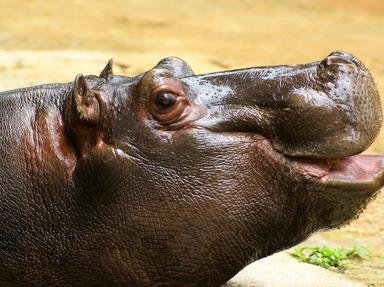
Sort These Weird Creatures Trivia Quiz
There are some creatures in our world with some pretty weird names. For this quiz, sort these creatures with weird names into the correct category - mammal, bird, or fish. Enjoy!
A classification quiz
by Trivia_Fan54.
Estimated time: 3 mins.